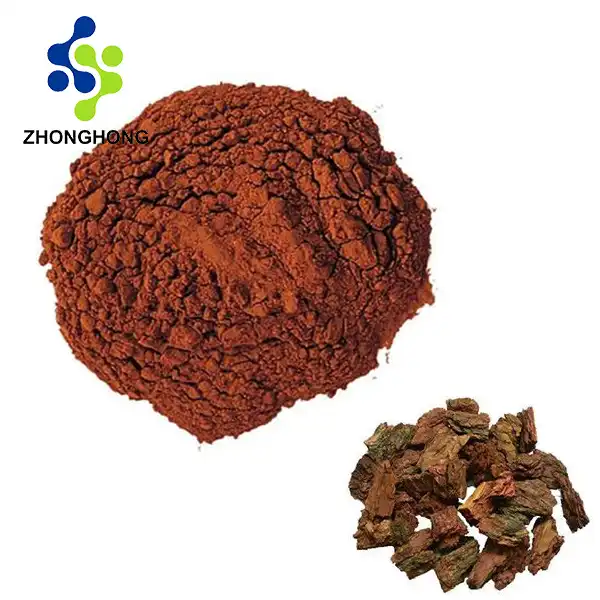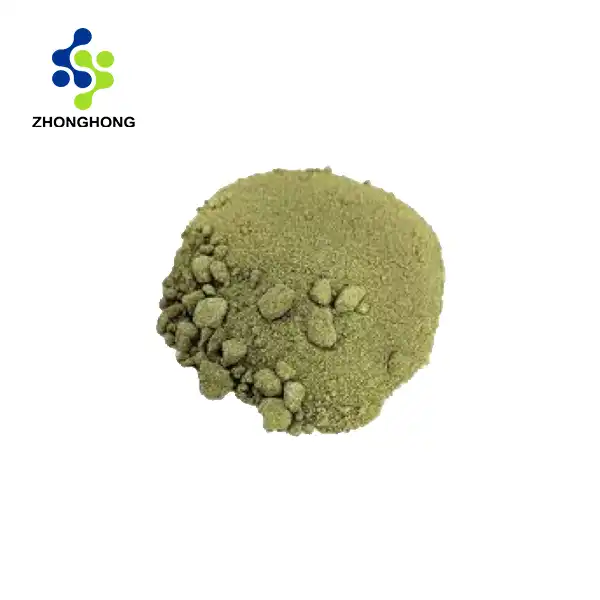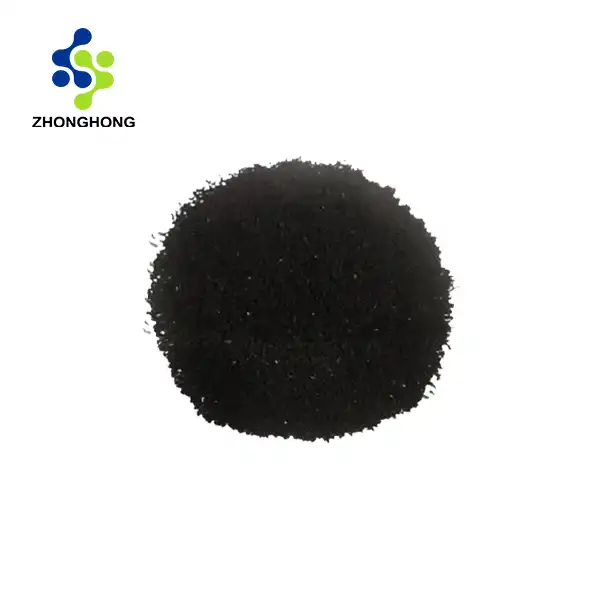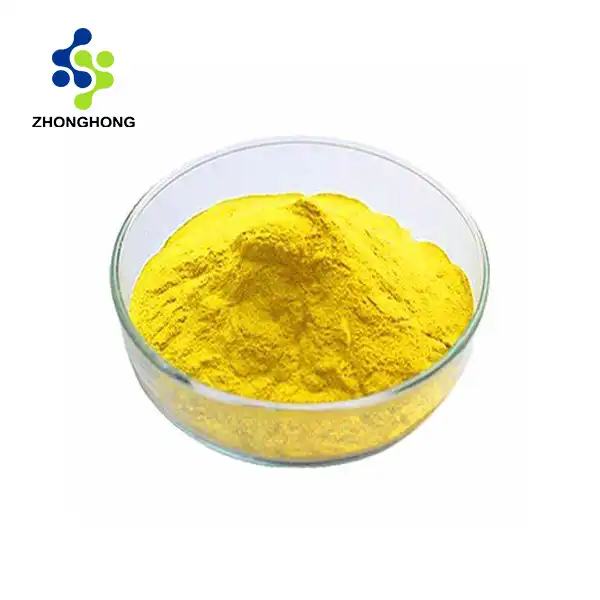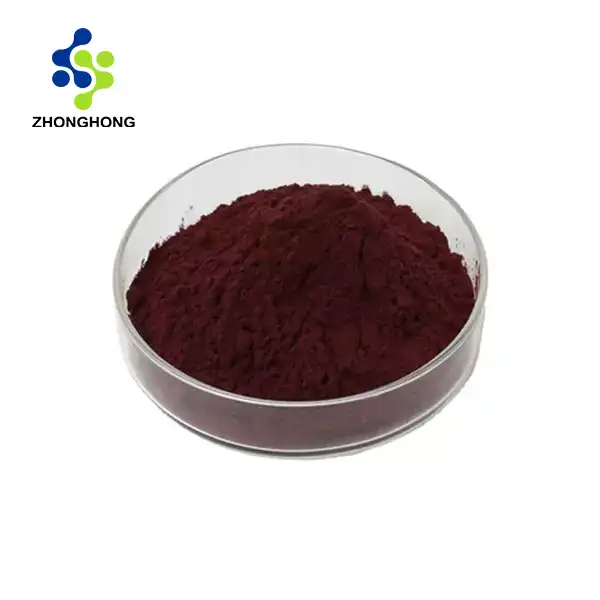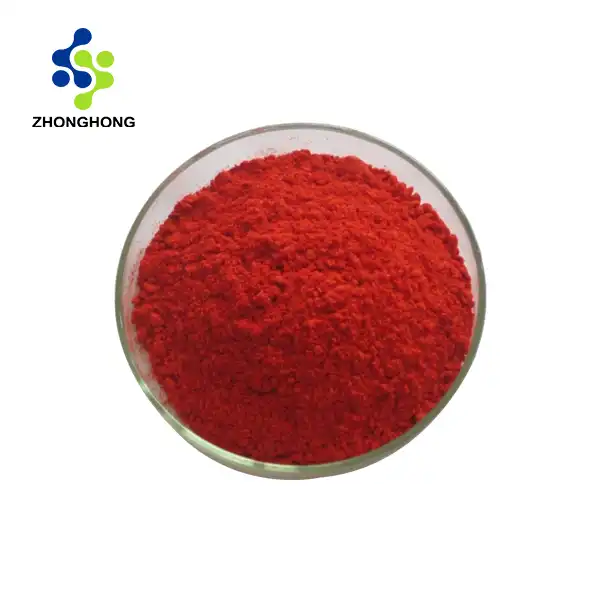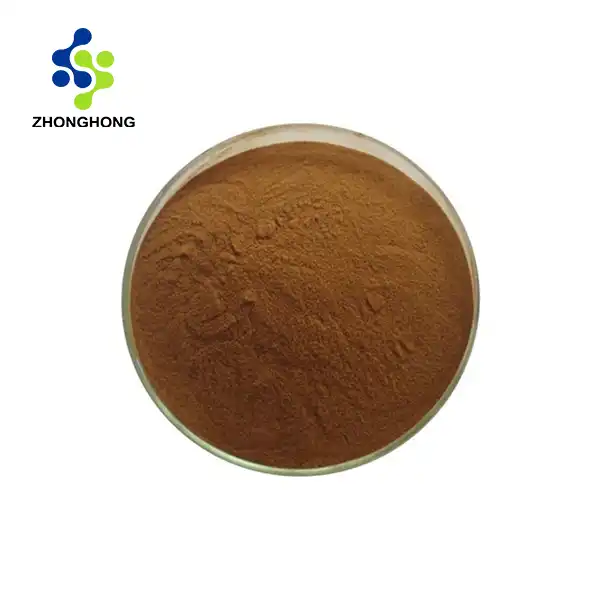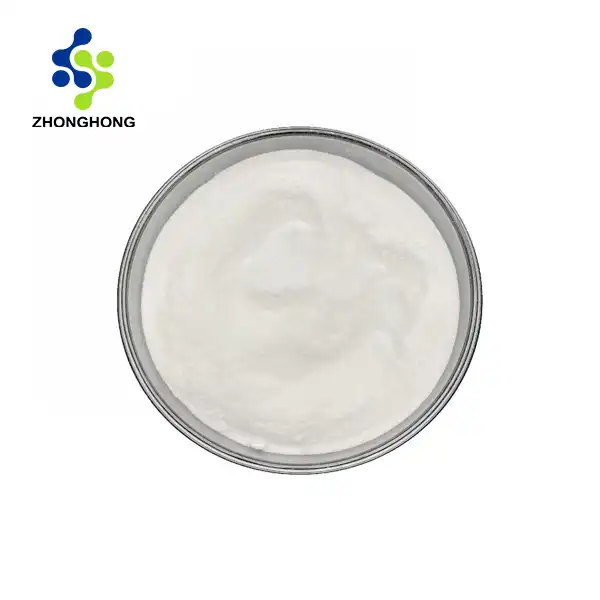The Role of Monascus Red Powder in Natural Food Coloring
Historical Significance and Cultural Use
Monascus Red Powder, also known as "ang-kak" or "red yeast rice," has a rich history dating back to the Tang Dynasty in China. This natural pigment has been used for centuries to impart a vibrant red color to various foods, including tofu, rice wine, and preserved meats. Its cultural significance extends beyond mere coloration, as it has been associated with prosperity and good fortune in many Asian cultures.
Chemical Composition and Pigment Properties
The distinctive red hue of Monascus Red Powder is primarily attributed to a group of pigments called monascins and rubropunctatin. These compounds belong to the azaphilone family and are produced during the fermentation process of Monascus purpureus on rice. The unique chemical structure of these pigments allows them to maintain their color stability across a wide range of pH levels and temperatures, making them ideal for use in various food applications.
Modern Applications in the Food Industry
In modern nourishment generation, Monascus Ruddy Powder has found far reaching utilize as a normal elective to engineered nourishment colors. Its flexibility permits it to be consolidated into a assorted cluster of items, including:
- Meat items: Upgrading the color of frankfurters and cured meats
- Dairy choices: Giving a normal ruddy tint to plant-based drain and yogurt
- Baked merchandise: Including visual offer to cakes and confectioneries
- Beverages: Coloring natural product juices and alcoholic drinks
- Condiments: Moving forward the appearance of sauces and dressings
The developing customer request for clean-label items has assist impelled the utilize of Monascus Ruddy Powder as a normal nourishment colorant, adjusting with the slant towards more normal and straightforward fixing records.
Monascus Red Powder for Heart Health: Myth or Fact?
The Statin Connection
The potential cardiovascular benefits of Monascus Red Powder have garnered significant attention in recent years, primarily due to its chemical composition. The fermentation process that produces this pigment also generates compounds called monacolins, particularly monacolin K, which is structurally identical to the prescription statin drug lovastatin. Statins are well-known for their cholesterol-lowering properties, inhibiting the enzyme HMG-CoA reductase, which plays a crucial role in cholesterol synthesis.
Scientific Evidence and Clinical Studies
Various considers have explored the adequacy of Monascus Ruddy Powder in moving forward lipid profiles and lessening cardiovascular chance variables. A meta-analysis distributed in the Diary of Clinical Lipidology found that ruddy yeast rice supplementation altogether decreased add up to cholesterol, LDL cholesterol, and triglycerides compared to fake treatment. Be that as it may, it's critical to note that the quality and monacolin substance of ruddy yeast rice items can change broadly, possibly influencing their helpful viability.
Regulatory Challenges and Controversies
The utilize of Monascus Ruddy Powder as a dietary supplement for heart wellbeing has confronted administrative investigation in different nations. The U.S. Nourishment and Sedate Organization (FDA) has taken activity against a few ruddy yeast rice items containing noteworthy sums of monacolin K, considering them unapproved drugs or maybe than dietary supplements. This administrative scene has driven to continuous talks about almost the fitting categorization and showcasing of Monascus Ruddy Powder items for cardiovascular wellbeing.
Safety and Dosage Guidelines for Monascus Red Powder
Potential Side Effects and Interactions
While Monascus Red Powder is generally considered safe when used as a food colorant, its use as a dietary supplement warrants careful consideration. Potential side effects, particularly when consumed in high doses, may include:
- Muscle pain and weakness (myopathy)
- Liver enzyme elevations
- Digestive discomfort
- Allergic reactions in sensitive individuals
Recommended Dosages and Usage Guidelines
The appropriate dosage of Monascus Red Powder can vary depending on its intended use. For food coloring purposes, the amount used is typically regulated by food safety authorities and is generally considered safe at approved levels. When used as a dietary supplement for potential cardiovascular benefits, dosages in clinical studies have ranged from 1,200 to 2,400 mg per day of red yeast rice. However, it's crucial to note that the monacolin content can vary significantly between products, making standardized dosing recommendations challenging.
Quality Control and Product Selection
Given the variability in Monascus Red Powder products, particularly those marketed as dietary supplements, consumers should exercise caution when selecting and using these products. Key considerations include:
- Choosing products from reputable manufacturers with third-party quality testing
- Looking for standardized products with consistent monacolin content, if using for potential health benefits
- Being aware of potential contaminants, such as citrinin, a mycotoxin that can sometimes be produced during the fermentation process
- Consulting with a healthcare provider before starting any new supplement regimen, especially for individuals with pre-existing health conditions or those taking medications
Conclusion
Monascus Red Powder stands at the intersection of culinary tradition and modern health science, offering a fascinating glimpse into the potential of natural compounds in both food and medicine. While its role as a natural food colorant is well-established, its use in cardiovascular health remains an area of ongoing research and debate. As with any dietary supplement or functional food ingredient, informed and cautious use is paramount. If you want to get more information about this product, you can contact us at liaodaohai@gmail.com.
_1728976869676.webp)
